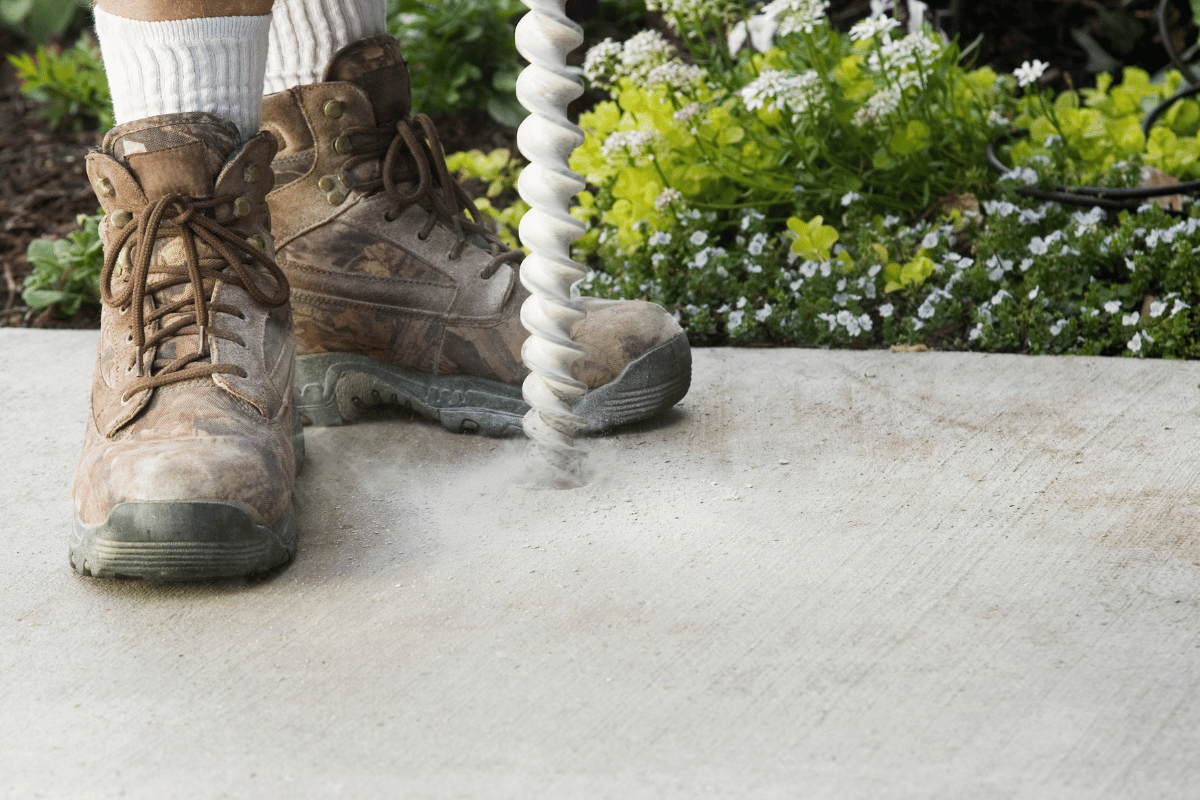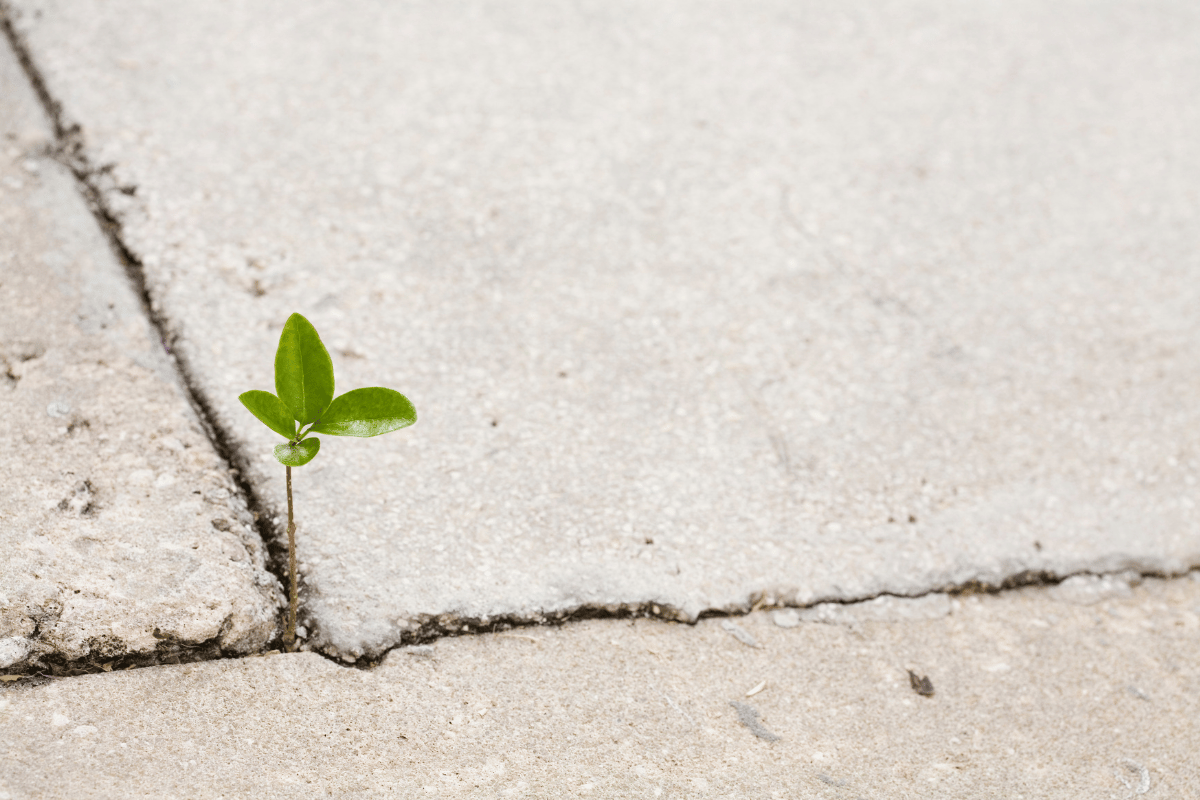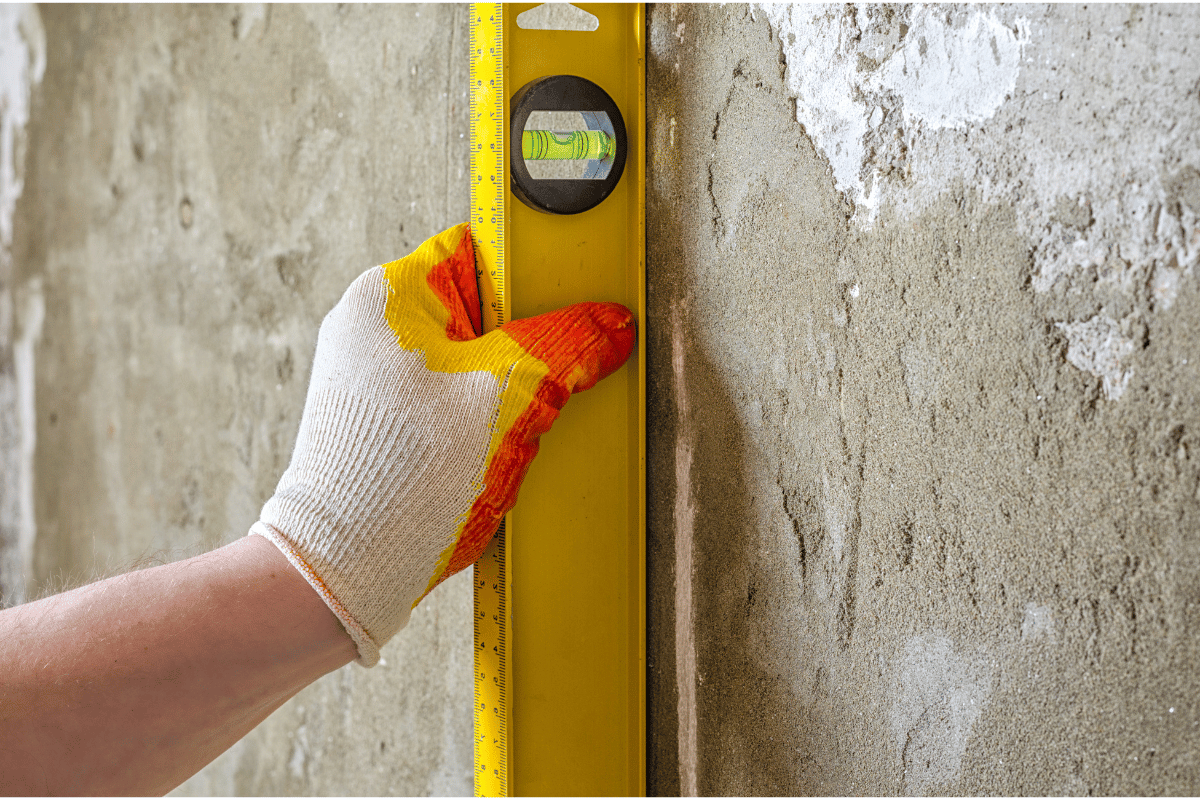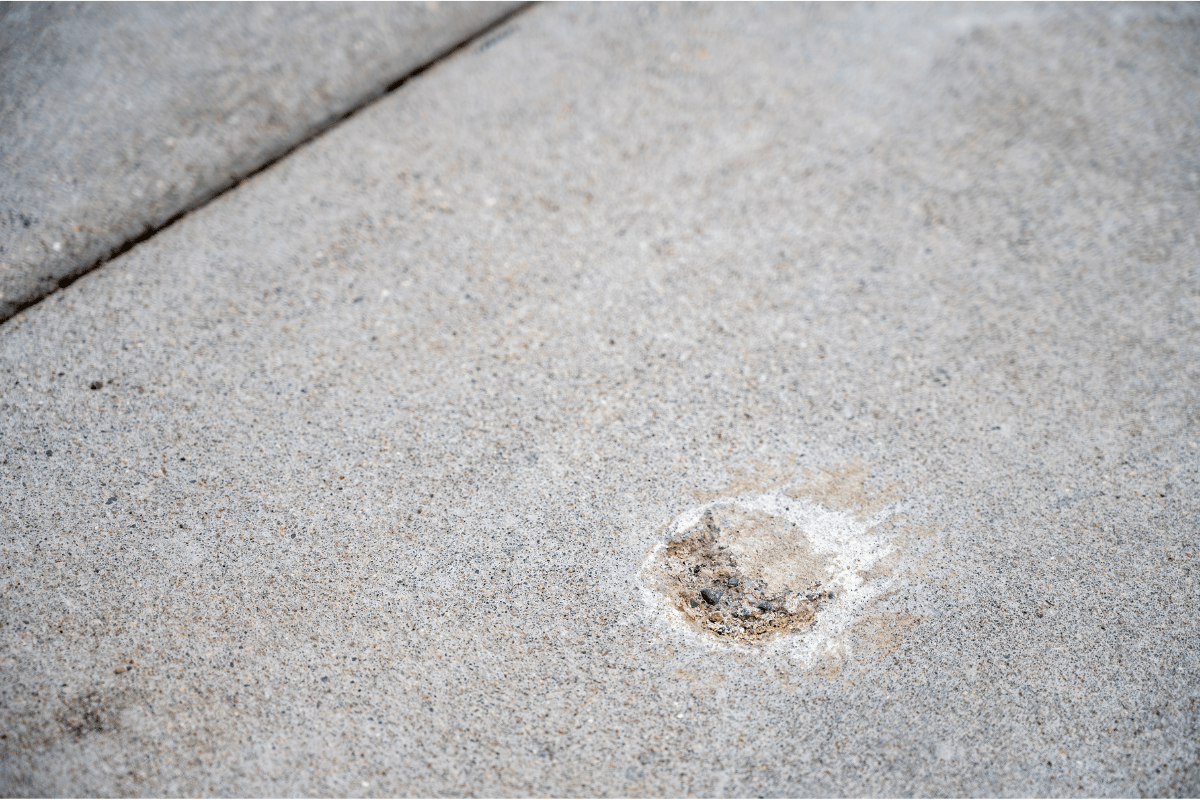A cracked or damaged concrete driveway can not only be unsightly but also pose a tripping hazard and potentially damage vehicles. Fortunately, concrete driveway repair is often a feasible and cost-effective solution. We’ll discuss common types of concrete driveway damage, tips and techniques for repairing cracks and potholes, and preventative measures to extend the life of your driveway. Whether you are dealing with cracks, potholes, or settling, there are effective repair methods that can save you time and money in the long run.
Types of Concrete Driveway Damage
-
Cracks
Cracks are a common type of concrete driveway damage and can occur due to freeze-thaw cycles, heavy loads, or shifting soil. Small cracks can usually be repaired with a concrete patching compound, while larger cracks may require sawing and filling with a concrete sealant.
-
Potholes
Potholes are another common type of concrete driveway damage and can occur due to heavy loads or water seeping into the concrete. Potholes can be repaired by removing the damaged concrete and filling with a patching compound.
-
Settling
Settling occurs when the soil beneath the driveway compresses or shifts, causing the driveway to sink or become uneven. Settling can be repaired by injecting a polyurethane foam into the soil beneath the driveway to raise and level it.
Tips and Techniques for Repairing Concrete Driveway Damage
-
Clean the Area
Before starting any repair, it is essential to clean the damaged area thoroughly. Remove any loose debris, dirt, or vegetation with a wire brush or pressure washer.
-
Use the Right Materials
Use the appropriate materials for the type of damage. For cracks, use a concrete patching compound, and for potholes, use a patching compound or concrete mix.
-
Follow Instructions
Always follow the manufacturer’s instructions when using any repair products. Improper mixing or application can result in a subpar repair.
-
Allow for Proper Curing
After applying the repair material, allow it to cure properly before driving or walking on the driveway. Follow the manufacturer’s recommended curing time.
Preventative Measures to Extend the Life of Your Driveway
-
Seal Your Driveway
Sealing your driveway can prevent water and other substances from penetrating the concrete and causing damage.
-
Control Water Runoff
Ensure that water runoff is directed away from the driveway to prevent pooling, which can lead to damage.
-
Avoid Heavy Loads
Avoid parking heavy vehicles or equipment on the driveway, which can cause cracking and damage.
Conclusion
Repairing a concrete driveway can be a cost-effective solution to common types of damage such as cracks, potholes, and settling. Following proper techniques and using the right materials is essential to ensure a successful repair. Additionally, preventative measures such as sealing the driveway and controlling water runoff can extend the life of the driveway. If you are unsure of how to repair your concrete driveway, it is always best to consult with a professional concrete contractor for expert advice and services.







Recent Comments